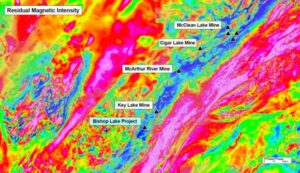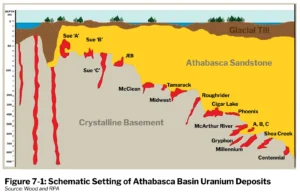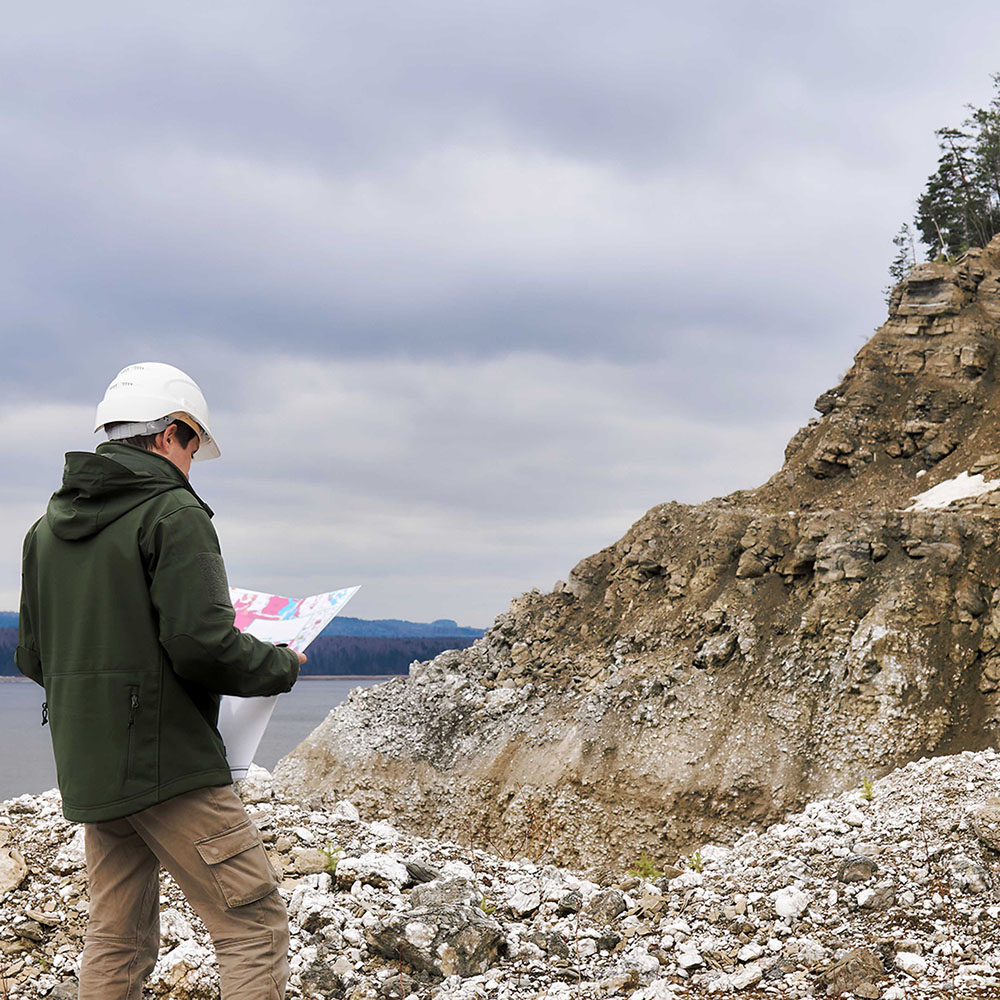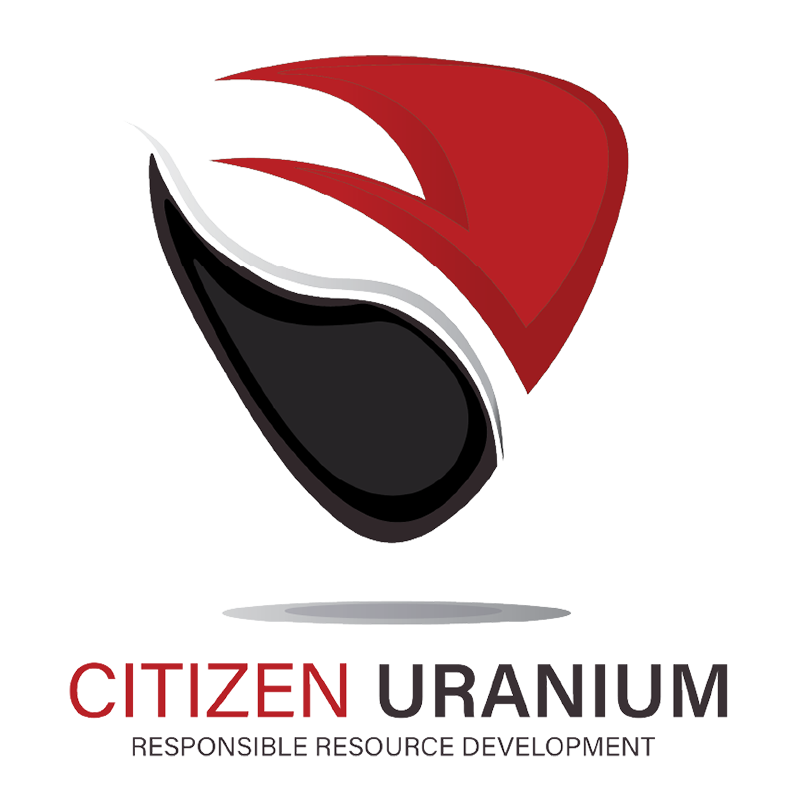Citizen Uranium Corp. is a private company incorporated under the laws of British Columbia, Canada.

Promising Results from the 2023 Winter Drill Program
In April 2023, Abasca’s winter drill program at the KLS Mustang target area delivered encouraging results. Eleven drill holes, totaling 4,959 meters, revealed uranium anomalies in nine holes over a combined length of 13.85 meters. Highlights include intervals with uranium concentrations reaching up to 1,260 ppm, confirming strong mineralization potential.

Favourable Geological Features at Mustang Target
Drilling uncovered stacked graphitic fault zones at major lithological contacts, with fracture zones, fault gouge, and fault breccia—hallmarks of basement-hosted uranium deposits. Proximal anomalies were associated with elevated Boron (up to 3,540 ppm), Cerium (267 ppm), Copper (350 ppm), and Vanadium (381 ppm). These features strongly align with those of proven deposits in the Athabasca Basin.

Pathfinder Geochemistry and Alteration as Key Indicators
Key indicators such as silicification, hematite, and clay alteration were identified within reactivated fault zones. Elevated pathfinder elements, including Boron and Copper, enhance the area’s prospectivity. These features are characteristic of deposits like Key Lake and Arrow, positioning the Mustang target as a promising site for significant uranium discoveries in the Athabasca Basin.

The Athabasca Basin
The Athabasca Basin, spanning 100,000 square kilometres in northern Saskatchewan and Alberta, is larger than New Brunswick. First mapped in 1888 by Geological Survey of Canada geologist Richard McConnell, its sandstone conceals significant uranium deposits, despite being among the least radioactive rocks on Earth. Uranium discovered in the 1930s in the Martin Basin powered Canada’s nuclear defence and CANDU reactors from 1943 to 1982.
Since 1975, the Basin’s uranium production has bolstered Canada’s economy, with major discoveries continuing since 1968. Eldorado Nuclear Ltd., once a key developer, merged with the Saskatchewan Mining and Development Corporation in 1988 to form Cameco Corporation, a global mining leader. Today, the Geological Survey of Canada collaborates with industry, provincial, and academic partners to advance geoscience and guide uranium exploration.
Source: Government of Canada – Athabasca Basin
Discover Bishop Lake, strategically located at the edge of the renowned Athabasca Basin—a region rich in history and resources. Dive into the details of this exciting project and uncover its potential.

